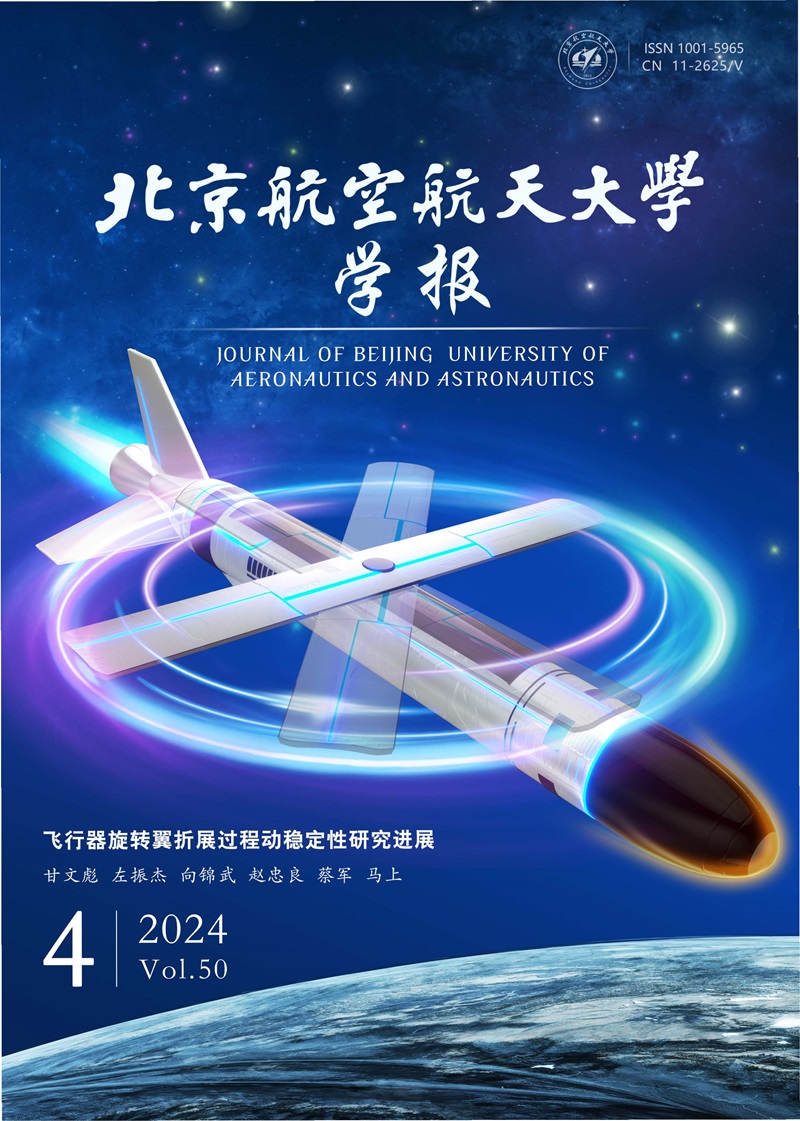2008 Vol. 34, No. 09
2008, 34(09): 1003-1006.
Abstract:
2008, 34(09): 1007-1011.
Abstract:
2008, 34(09): 1012-1015.
Abstract:
2008, 34(09): 1032-1036.
Abstract:
2008, 34(09): 1037-1040.
Abstract:
2008, 34(09): 1045-1048.
Abstract:
2008, 34(09): 1049-1052.
Abstract:
2008, 34(09): 1061-1064.
Abstract:
2008, 34(09): 1065-1069.
Abstract:
2008, 34(09): 1070-1075.
Abstract:
2008, 34(09): 1080-1083.
Abstract:
2008, 34(09): 1084-1087.
Abstract:
2008, 34(09): 1096-1100.
Abstract:
2008, 34(09): 1105-1108.
Abstract:
2008, 34(09): 1113-1116.
Abstract:







 XML Online Production Platform
XML Online Production Platform

